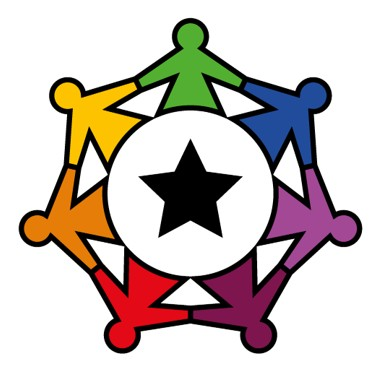MATHS
AIMS
Key Stage 1
- All pupils to become fluent in the fundamentals of mathematics, including through varied and frequent practice so that pupils develop conceptual understanding and the ability to recall and apply knowledge rapidly and accurately.
- Pupils to reason mathematically by following a line of enquiry, make generalisations, and develop an argument, justification or proof using mathematical language.
- Pupils to solve problems by applying their mathematics to a variety of routine and non-routine problems with increasing sophistication, including breaking down problems into a series of simpler steps and persevering in seeking solutions.
Early Years Foundation Stage
- Pupils should be able to count confidently, develop a deep understanding of the numbers to 10, the relationships between them and the patterns within those numbers. By providing frequent and varied opportunities to build and apply this understanding - such as using manipulatives.
- Our curriculum gives children plenty of opportunities to build confidence and skills in maths, helping them become fluent with numbers, solve problems, and explain their thinking clearly in specific areas of learning: Number and Numerical Patterns.
- Pupils to develop positive attitudes and interests in mathematics, look for patterns and relationships, spot connections, ‘have a go’, talk to adults and peers about what they notice and not be afraid to make mistakes.
.


APPROACH
Number Sense in EYFS (Nursery & Reception)
- Focus on comparison, composition, counting and cardinality.
- Develop a deep understanding of quantities to 10. The programme develops subitising, manipulating, and partitioning of numbers to 10, and supports pupils to see their different properties.
- Visuospatial approach. Pupils are exposed the different ways that small quantities can be arranged, manipulated, and teach pupils to see quantities within quantities. It also supports them to develop their own visual images of quantities to 10.
- Promotes talk and reasoning. Discussions are associated with pedagogical subject knowledge and provide stimulus for regular whole class number sense talk.
- Systematic and structured. The systematic approach provides a coherent teaching sequence to develop a deep understanding of numbers to 10.
Mastery Maths Approach in KS1 (Years 1 & 2)
- Mastering maths means pupils of all ages acquiring a deep, long-term, secure and adaptable understanding of the subject. The phrase ‘teaching for mastery’ describes the elements of classroom practice and school organisation that combine to give pupils the best chances of mastering maths.
- Everyday maths teaching is reflected in the 'Five Big' Ideas, drawn from research evidence, underpinning teaching for mastery.
- Coherence. Lessons are broken down into small connected steps that gradually unfold the concept, providing access for all pupils and leading to a generalisation of the concept and the ability to apply the concept to a range of contexts.
- Representation and Structure. Representations used in lessons expose the mathematical structure being taught.
- Mathematical Thinking. Ideas are to be understood deeply and worked on by the pupil: thought about, reasoned with and discussed with others.
- Fluency. Quick and efficient recall of facts and procedures and the flexibility to move between different contexts and representations of mathematics.
- Variation. Concepts being taught draw attention to critical aspects, and to develop deep and holistic understanding. The sequencing of the activities used within a lesson and follow up practice are key to paying attention to what is kept the same and what changes, to connect the mathematics and draw attention to mathematical relationships and structure.
.


MATHS CURRICULUM OVERVIEW
of
Zoom:
Search:














